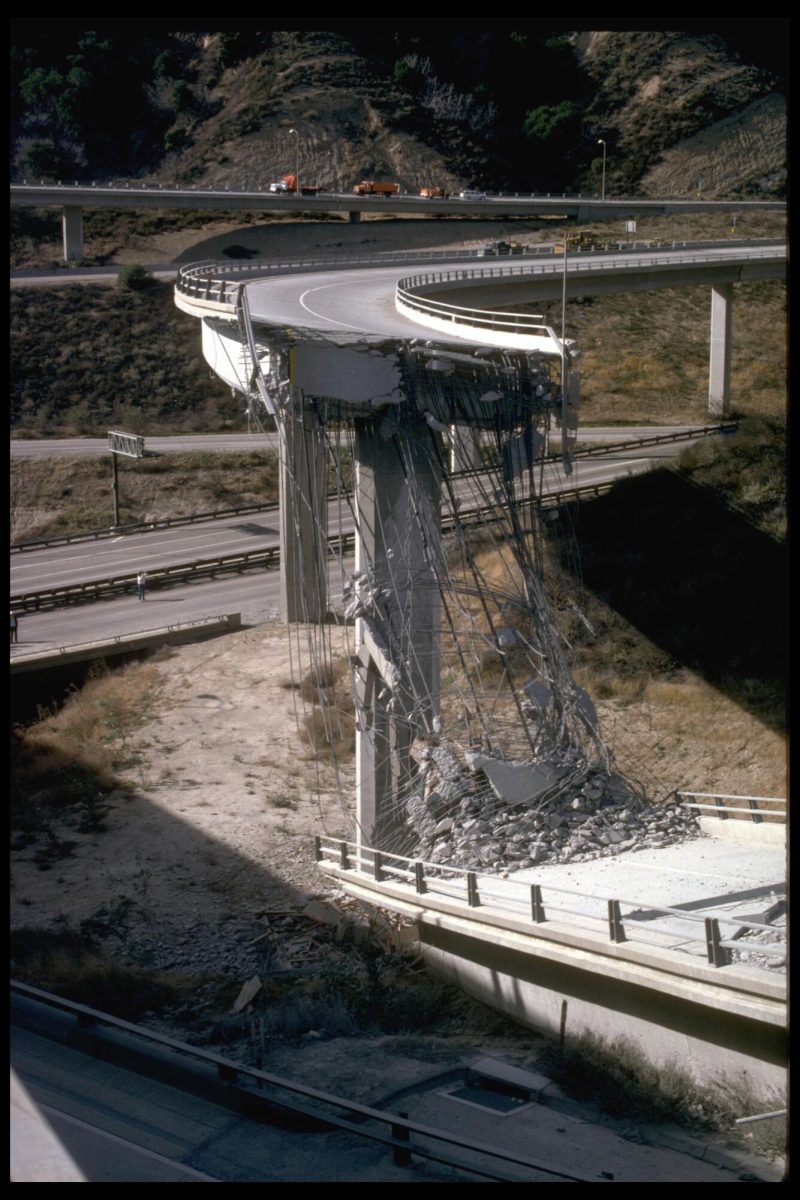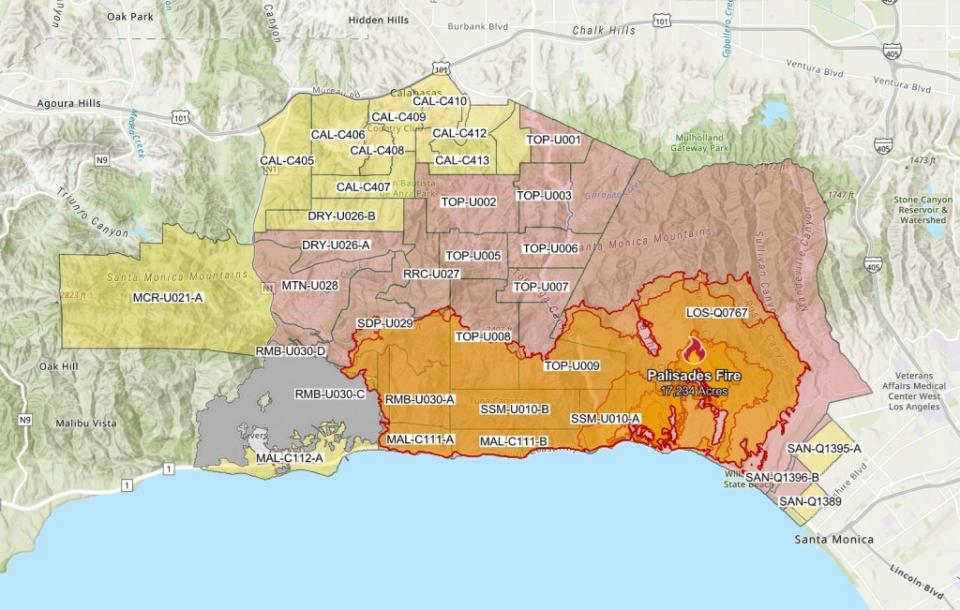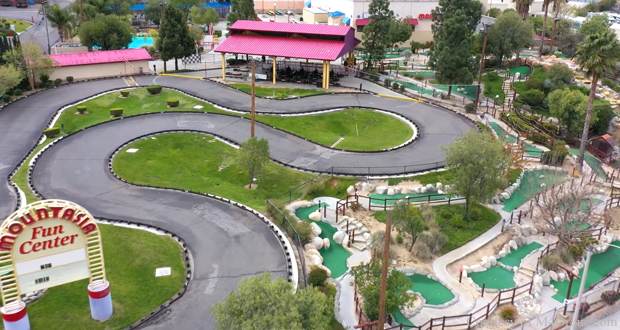Many popular fast food chains like Wendy’s, Carl’s Jr., and Taco Bell, have been using technology and artificial intelligence (AI) to improve their service. For example, you may have noticed self-service screens to order, as they have been added to many restaurants to reduce wait times. But recently, these chains have started testing using AI in their drive-thrus. So, next time you pull up to the speaker to order, the voice of a computer may greet you. This change in drive-thrus towards the future can completely change an important part of fast food service in the hope of more efficiency and convenience for workers and customers.
So, what’s the purpose of these AI-powered drive-thrus?
First and foremost, the goal of AI is to enhance efficiency in restaurants. For instance, AI can significantly reduce wait times by continuously taking orders without interruption, which helps alleviate congestion in the drive-thru. AI systems can be fine-tuned to take and process orders more accurately and quickly than a human. With AI handling drive-thru orders, human employees can focus on preparing and delivering those orders more swiftly and precisely. These improvements will lead to a better customer experience, with shorter wait times and accurate orders encouraging patrons to return. Furthermore, implementing AI in the drive-thru can lower labor costs and save money for the business. According to datamonsters.com, a recent report suggests that AI-powered systems can reduce operational costs by as much as 30% in the fast food industry. This means restaurants can avoid the expenses associated with hiring additional drive-thru staff, ultimately boosting their profitability.
As you can see, artificial intelligence drive-thrus can greatly help fast food restaurants in the future. But that’s in the future. Are there problems with such an impactful innovation right now? Of course–AI may have trouble taking complex orders and special requests from customers and can often make errors when taking orders. The computer might struggle with understanding different accents and languages, typically responding slowly to customers, making communication hard. Not to mention, interacting with the computer-generated voice of the speaker can create an unsettling experience for customers. AI drive-thrus still needs many improvements before it can satisfy customer experiences.
Therefore, the transition to AI-powered drive-thrus highlights the evolution of technology over the years. These innovative systems are designed to enhance the customer experience at fast-food restaurants by improving order accuracy and reducing operational costs. Automated drive-thrus have the potential to revolutionize the fast-food industry. While they currently face challenges related to communication and precision, ongoing advancements are likely to address these issues.
Will all fast food drive-thrus ultimately embrace artificial intelligence, despite the hurdles they may encounter?
Time will tell.


























